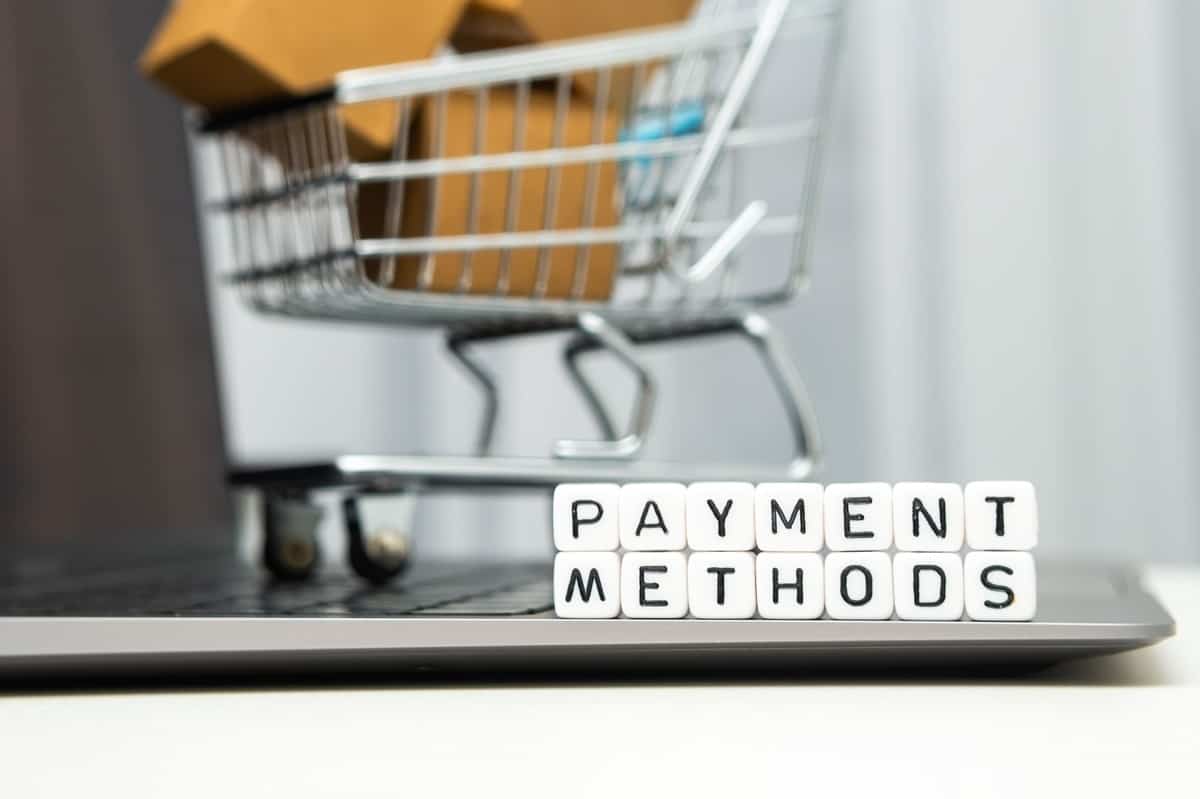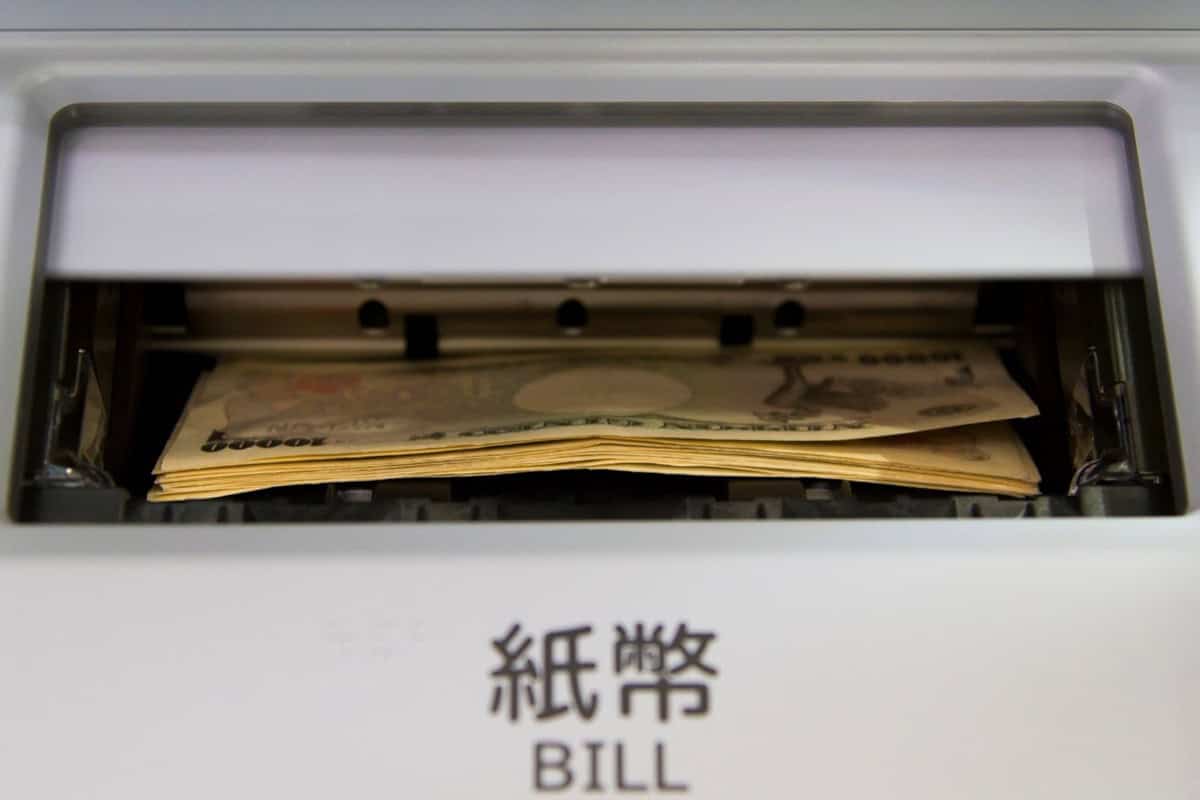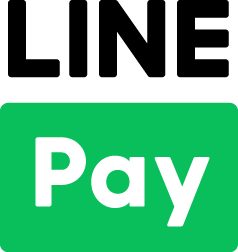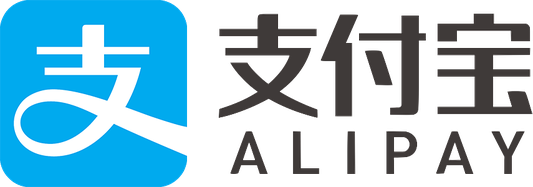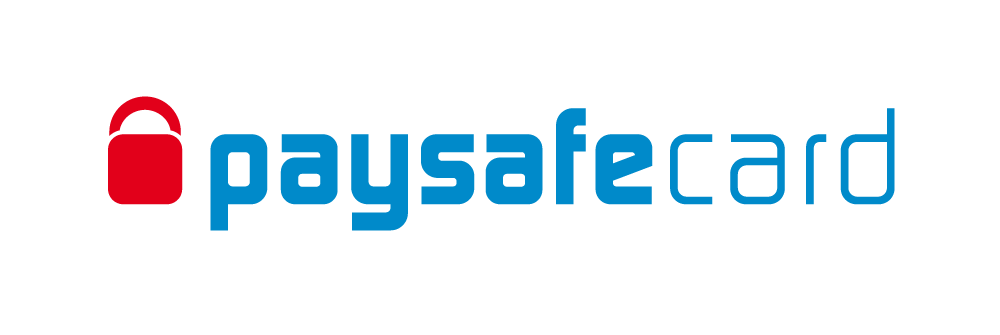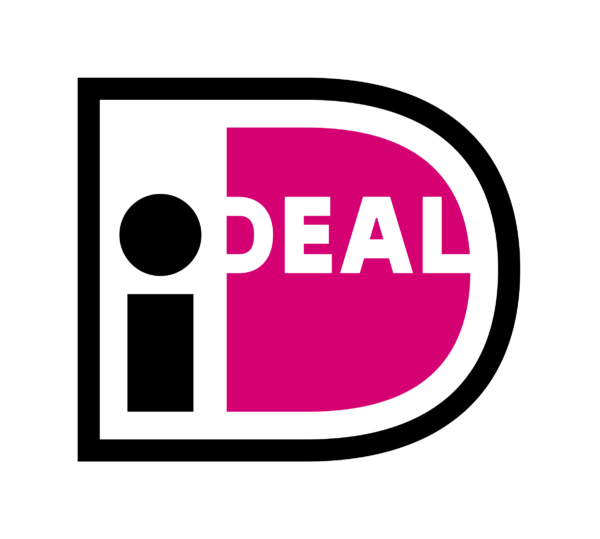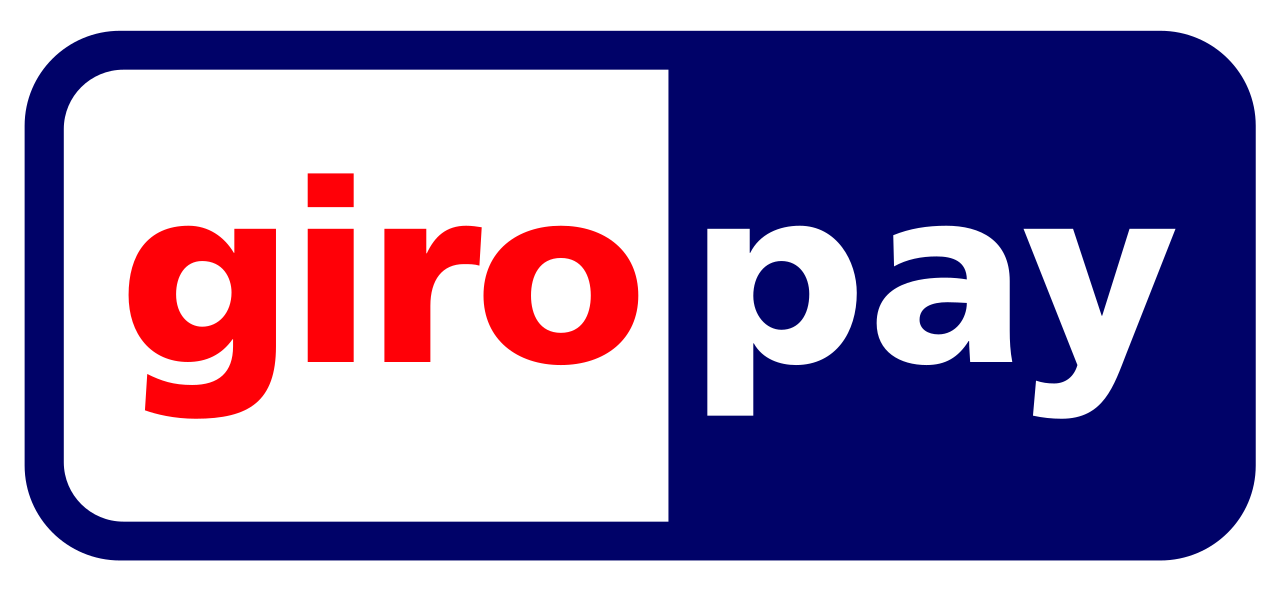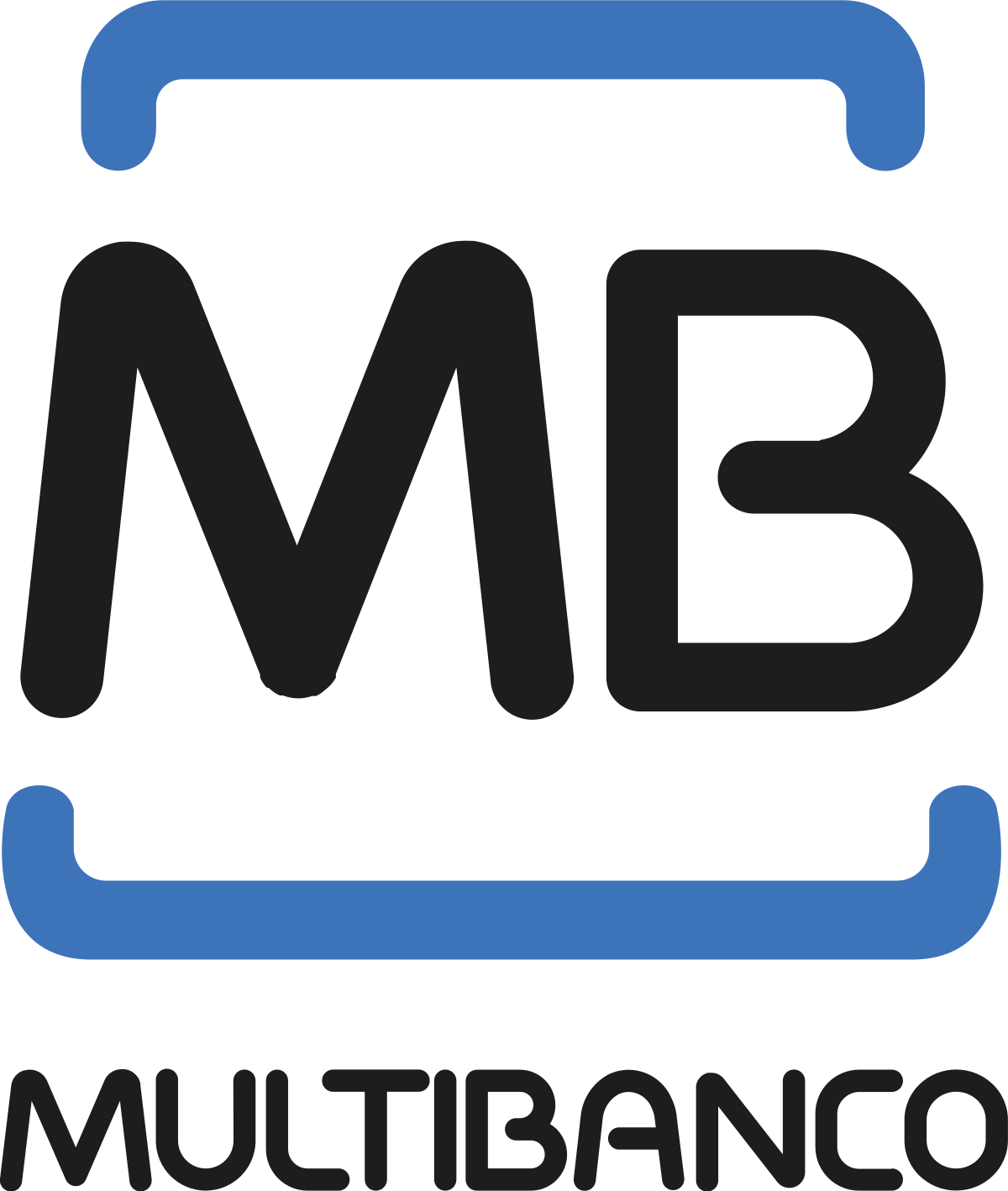
We help businesses accept payments online.
As digital wallets like Naver Pay, Kakao Pay, and Toss Pay gain popularity, eCommerce stores targeting the South Korean market should consider integrating these options to stay competitive. KOMOJU, a leading payment gateway solution, enables businesses to seamlessly incorporate digital wallets and other alternative payment methods into their eCommerce platforms, ensuring a smooth and secure customer checkout experience.
According to surveys, nearly 95% of South Koreans own a smartphone. Mobile payments—and, by extension, digital wallets—are becoming essential to daily life. In 2023, the mobile payment market in South Korea exceeded 27 million transactions, totaling 875.5 billion won ($646 million)—a 15% increase from the previous year. This highlights the growing importance of digital payments, or “simple payments,” as they are known locally, in South Korea’s economy.
This article explains what digital wallets are and highlights some of the major players in South Korea.
What is a Digital Wallet?
Digital wallets, or e-wallets, are digital versions of traditional wallets that store payment information and facilitate transactions through smartphones, tablets, or computers.
In South Korea, where digital payment adoption is high, digital wallets have become integral to the modern consumer experience. They allow users to store credit cards, debit cards, and even cryptocurrencies in a digital format. This stored information can be used for online and offline purchases.
Utilizing digital wallets is essential for eCommerce store owners in South Korea, as they represent a significant portion of consumer transactions. According to Worldpay’s Annual Global Payments Report, South Korea’s use of digital wallets is rapidly increasing.
The transaction value of digital wallets was 27% in 2023 and is expected to surge to 42% by 2027 as more people favor digital wallets over traditional payment methods. Popular digital wallets like Samsung Pay, Kakao Pay, and Naver Pay are widely accepted, offering convenience to both merchants and customers.
By integrating digital wallets to their eCommerce businesses can tap into this burgeoning market of tech-savvy consumers who prefer fast, easy, and secure payment options. This integration improves the customer experience and positions businesses to capitalize on the growing trend of digital transactions in South Korea.
How Does a Digital Wallet Work?

A digital wallet is a virtual container for your financial information, storing your payment details, including credit and debit cards, bank accounts, and even cryptocurrencies. Using a digital wallet is designed to be both convenient and secure.
Setting Up the Wallet
Users first download a digital wallet app onto their smartphone, tablet, or computer. Once installed, the user creates an account by providing personal information and setting up security features like passwords, PINs, or biometric authentication (such as fingerprint or facial recognition).
Adding Payment Methods
Users can link their credit cards, debit cards, bank accounts or even load funds directly into the wallet. Users might sometimes add loyalty cards or store cryptocurrencies within the wallet. The app securely stores this information, often using encryption to protect the data.
Topping Up the Wallet
Users can top up or add money to their digital wallets by linking their credit cards or bank accounts or charging directly to the wallet. Some digital wallets also allow users to hold money within the wallet, making it easier to manage and use for various transactions.
Making a Payment
Online Payment: At checkout, users choose their digital wallet, where their payment information is securely stored. Authentication is usually required through biometric verification, a PIN, or a password. In some cases, users may also need to scan a QR code to complete the transaction.
Offline Payment: Users select their digital wallet as the payment method and use NFC technology or QR codes for in-store purchases. They can make contactless payments by tapping their smartphone on the point-of-sale terminal or scanning a QR code.
Types of Digital Wallets
Digital wallets can be categorized into three main types based on their accessibility and functionality:
Closed Digital Wallets
A closed digital wallet is a digital payment system linked to a specific company or service. It can only be used for transactions within that company’s ecosystem. Users can store funds in their wallets, but those funds are limited to purchases with the issuing company. They cannot be transferred to other wallets or withdrawn as cash. The primary goal of a closed wallet is to encourage customers to continue spending within the company’s platform.
An example of a closed wallet is Amazon Pay. With Amazon Pay, users can store funds and use them exclusively for transactions on Amazon’s platform or with a select group of partnered merchants, keeping the transactions within Amazon’s ecosystem.
Semi-Open Digital Wallets
A semi-open digital wallet allows users to make transactions with a select group of merchants or service providers that are part of the wallet’s network. Unlike a closed wallet, which restricts usage to a single company’s ecosystem, a semi-open wallet offers more flexibility by enabling payments across multiple businesses or services within the network authorized by the wallet provider. While users can’t withdraw funds as cash, they can use the wallet for a broader range of transactions than a closed wallet.
For example, Toss Pay in South Korea is a semi-open digital wallet. It’s widely accepted by various merchants and service providers across the country, making it more versatile than a closed wallet. However, it’s still limited to businesses that have partnered with Toss.
Most digital wallets fall under this category.
Open Digital Wallets
Open digital wallets are the most versatile, allowing users to transact with various online and offline merchants and service providers. Unlike closed or semi-open wallets, which are limited to specific networks, open wallets can be used almost anywhere that accepts digital payments, whether in retail stores, online shops, or peer-to-peer transfers.
Besides making purchases, open wallets offer various services, such as withdrawing funds from ATMs, transferring money to bank accounts, or sending money to other users, regardless of their bank or service provider. These wallets are typically linked to bank accounts or credit cards.
A well-known example of an open digital wallet is PayPal. It allows users to pay merchants worldwide, transfer money between accounts, and withdraw funds directly to their bank accounts.
Major Digital Wallets in Korea

South Korea boasts several robust digital wallet options, each with unique features and benefits.
Naver Pay
Naver Pay is the proprietary digital wallet of Naver Corporation, a company founded by former Samsung employees in 1999. Naver was South Korea’s first web portal to develop and use its own search engine. Today, Naver is more popular than Google in South Korea.
Naver Pay integrates with Naver’s extensive platform. Whether shopping on Naver Shopping, purchasing digital content on Naver Webtoon, or making reservations through Naver Reservation, users benefit from opting into the Naver ecosystem.
According to most surveys, Naver Pay commands most of the mobile payment market in South Korea. Naver Pay has partnered with LINE Pay in Japan, Alipay Plus, and UnionPay in China so users can transact outside South Korea.
Read more about Naver Pay in this blog about Naver Pay.
Kakao Pay
KakaoPay is a digital wallet and mobile payment service developed by Kakao Corporation, the company behind the popular messaging app, KakaoTalk. Launched in 2014, it provides users with convenient financial services through the KakaoTalk platform.
KakaoPay is used for various financial activities, including making payments at online and offline merchants, transferring money to friends, and paying bills. It’s integrated with KakaoTalk, allowing users to handle transactions without leaving the app. Within the app, KakaoPay Money allows users to store and spend funds and manage various financial services such as savings, investments, and insurance.
With over 23 million active users, KakaoPay is typically considered the second most popular digital wallet in South Korea, following Naver Pay.
Read more about Kakao Pay in this blog about Kakao Pay.
Toss Pay
Toss Pay is part of the Toss app developed by Viva Republica Toss. The Toss app is considered an all-in-one financial services app. It is not just a digital wallet; users can make remittances, track spending, access loans, and invest in stocks. It also offers banking services through Toss Bank, lets users check their credit scores, and allows them to earn and redeem Toss Points.
Read more about Toss Pay in this blog about Toss Pay.
PayCO
PayCO was developed by NHN Corporation. PayCO has established a significant presence in South Korea’s mobile payment market, capturing around 10% of the market share. The app also offers a points system, enabling users to earn rewards with every purchase.
Read more about PacyCO in this blog about PayCO.
Samsung Pay
Samsung Electronics, a South Korean company, developed Samsung Pay (or Samsung Wallet in Western countries). It allows users to store and manage digital items, including payment cards, loyalty cards, boarding passes, digital keys, and even vaccination cards. Users can also deposit and withdraw funds. Samsung Pay controls about 13% of the mobile payment market, which could be considered low as it is pre-installed on Samsung Galaxy devices by default. Samsung controls about 70% of the mobile market in South Korea. Samsung Pay can be compared to Apple Wallet for iPhone users.
How to Use a Digital Wallet

Using a digital wallet in South Korea is straightforward. Here is the typical process:
Download the App
Choose the preferred digital wallet and download it from the App Store or Google Play. For Samsung Pay or Apple Wallet, users must use the proprietary wallet pre-installed on their respective mobile devices, as these apps cannot be downloaded across different platforms.
Register Information
Sign up by entering personal and payment information. Most wallets require linking a bank account or credit card, and digital wallets require a valid phone number at the very least. Some wallets may require biometric verification or a secure PIN.
Add Funds (if required)
Some wallets allow or require preloading funds before making payments. Funds can be topped up by transferring money from a linked bank account or credit card, from an ATM, or, in some cases, a prepaid card.
Make a Payment
To pay online, select the digital wallet at checkout and follow the prompts to complete the transaction. Typically, users enter account details or scan a QR code and complete the transaction from their phone. For offline payments, select the digital wallet, touch the phone to the dedicated terminal, or scan the QR code or barcode.
Withdraw Funds
To withdraw funds from a digital wallet, the money can usually be transferred back to a linked bank account or withdrawn using an ATM that supports the digital wallet. Not all eWallets support withdrawing funds; some allow transfers to bank accounts or ATM withdrawals, while others, especially those designed for specific ecosystems or loyalty programs, focus solely on facilitating payments without withdrawal options.
In South Korea, digital wallets that allow fund withdrawals include:
- Naver Pay
- KakaoPay
- Payco
- Toss
- Samsung Pay
Digital Wallet vs. Mobile Wallet Differences
Digital wallets are often used interchangeably with mobile wallets or mobile payments, which can be confusing.
- Digital Wallet: A digital wallet is a broad term for electronic systems that store payment information and can be used for online payments.
- Mobile Wallet: A mobile wallet is a digital wallet designed explicitly for mobile devices, enabling payments through smartphones, smartwatches, or tablets.
To simplify it further:
- PayPal is a digital wallet used on websites and apps for online payments, money transfers, and managing payment information.
- Apple Wallet is a mobile wallet for Apple devices that stores payment cards, transportation cards, and other information. It allows for contactless payments through Apple Pay. (Another example is Samsung Pay.)
Advantages of Digital Wallets in Korea
Digital wallets offer numerous benefits, but they also come with some drawbacks. Here’s a detailed look at the pros and cons:
The Convenience of Going Cashless
Digital wallets are highly popular in South Korea, driving the country’s rapid shift toward a cashless society. South Korea has embraced digital payments, making transactions faster and more efficient. With seamless bank integration, QR code payments, and loyalty programs, carrying cash is becoming unnecessary, reflecting South Korea’s advanced digital payment landscape.
Widespread Acceptance
Digital wallets enjoy widespread acceptance across South Korea. Most online shops, convenience stores, restaurants, and public transportation commonly accept digital wallets. In 2024, the average daily transaction total reached 449.1 billion won, reflecting a 94.95 percent increase over three years. In 2023, mobile payment transactions comprised approximately 48.5 percent of all digital transactions conducted in the country via mobile devices, PCs, or other methods.
Banking is Easier Than Ever
Digital wallets are becoming more integrated with South Korea’s banking system. Toss, which includes the fully embedded Toss Bank, is especially robust, offering banking, payments, and loans all in one app. Supported by nearly all major Korean banks, digital wallets simplify everything from daily transactions to complex financial activities.
Digital wallets are popular in South Korea, in part because traditional banking and financial processes are cumbersome for many users. Toss was originally developed as a response to the inconvenience of conventional banking, offering a streamlined, user-friendly platform that makes managing finances, transferring money, and accessing financial services much easier.
Points and Promotions
Digital wallets offer localized rewards and discounts. Users can earn points for every transaction they make, which can be redeemed for discounts, free items, or cash equivalents. Additionally, merchants often collaborate with digital wallet providers to offer exclusive promotions, such as discounts or extra rewards points for using the wallet at checkout.
These special offers and events are tailored to the South Korean market, providing users with valuable incentives and savings on regular purchases, making digital wallets a convenient and cost-effective payment option.
Easy Bill Payments and Budgeting
Digital wallets in South Korea make managing and paying bills convenient. Users can set up automatic payments for bills such as utilities, rent, and subscriptions through most major digital wallet apps. The ability to handle multiple financial tasks within a single app, from everyday purchases to monthly bills, further sweetens the appeal of digital wallets.
Likewise, a digital wallet gives users a convenient look at their spending habits, making budgeting and planning much easier. Many major digital wallets in Korea are connected to overall finance apps or payment services (E.g., Toss Pay and Toss).
Downsides of Digital Wallets in Korea
Security Breaches
While digital wallets offer significant convenience, they also come with security concerns, particularly regarding data privacy and the potential for fraud. Users must trust that their financial information is securely stored and transmitted. Although many digital wallets employ strong encryption and authentication measures, the risk of data breaches cannot be fully eliminated, as evidenced by several security breaches in Korea, especially among crypto wallets.
That said, users in Korea are legally protected by the Electronic Financial Transactions Act (EFTA). This law safeguards users by prohibiting electronic infringement and holding digital wallet providers accountable for any loss of e-money due to unauthorized access or electronic breaches.
Lost or Stolen Phone
If a smartphone is lost or stolen, unauthorized access to the digital wallet can occur if proper security measures, such as biometric authentication or strong passwords, are not in place. Even a momentary lapse in security can lead to unauthorized transactions. Therefore, while digital wallets provide great convenience, users must remain vigilant about protecting their devices and personal information.
Regional Limitations
While digital wallets are widely accepted in urban areas and large businesses in South Korea, they can be limited when traveling to more rural regions or specific locations abroad. For instance, a digital wallet that is extensively used and supported in Seoul may not be accepted in smaller towns, rural communities, or other countries, making it less reliable for transactions when traveling.
Potential Fees
Some digital wallets may charge fees for certain transactions, such as transferring money to a bank account, currency conversion, or using specific features. For example, Toss allows users to convert points into cash, which can be withdrawn to the user’s main account starting from as little as 100 won. However, this service incurs a 10% fee.
Learning Curve for New Users
For those who are not tech-savvy, setting up and using digital wallets can be a learning curve. Older generations or individuals less familiar with digital technology may find it challenging to navigate the app, link accounts, or understand the various features, which can be a barrier to adoption.
Summary
This article explains how digital wallets work in South Korea, focusing on major players like Naver Pay, KakaoPay, and Toss. Digital wallets are becoming increasingly important in South Korea’s cashless society, where mobile payments are essential for daily transactions. The convenience of using digital wallets for online and offline purchases, integration with banking systems, and benefits like localized rewards and easy bill payments make them popular.
While potential downsides like security concerns and regional limitations exist, digital wallets continue to grow in popularity. For businesses looking to integrate these digital payment options, KOMOJU offers a seamless payment solution, to include South Korean payment methods into eCommerce sites.
If interested to learn more about KOMOJU or chat with our payments expert to find out the suitable solution for your business.
FAQ
Both draw funds directly from a linked bank account or balance. However, digital wallets offer contactless payments and easier management via smartphone.
Digital wallets can be used for remittance, transportation, peer-to-peer transfers, bill payments, and more.
A digital wallet stores multiple payment methods, while a credit card is a single payment option with a line of credit.
Yes, they are the same, storing payment information and enabling electronic transactions.
Consider the user interface, device compatibility, security features, rewards, and merchant acceptance.

We help businesses accept payments online.

